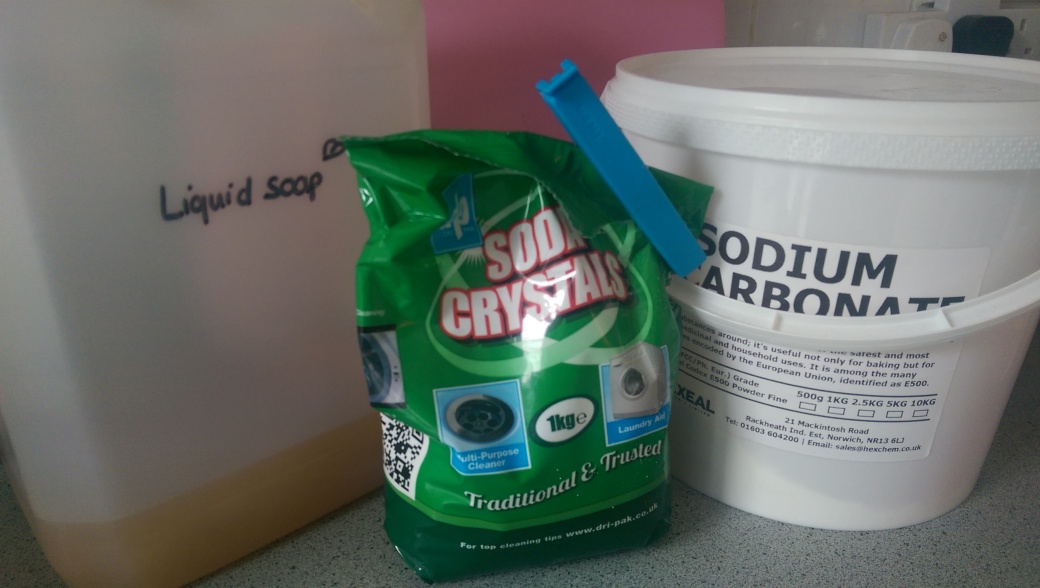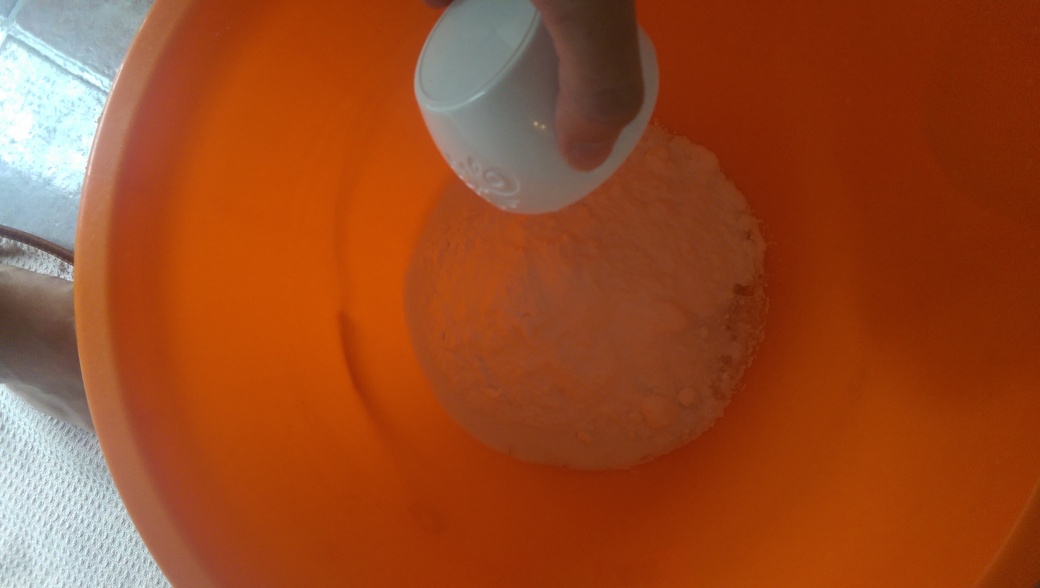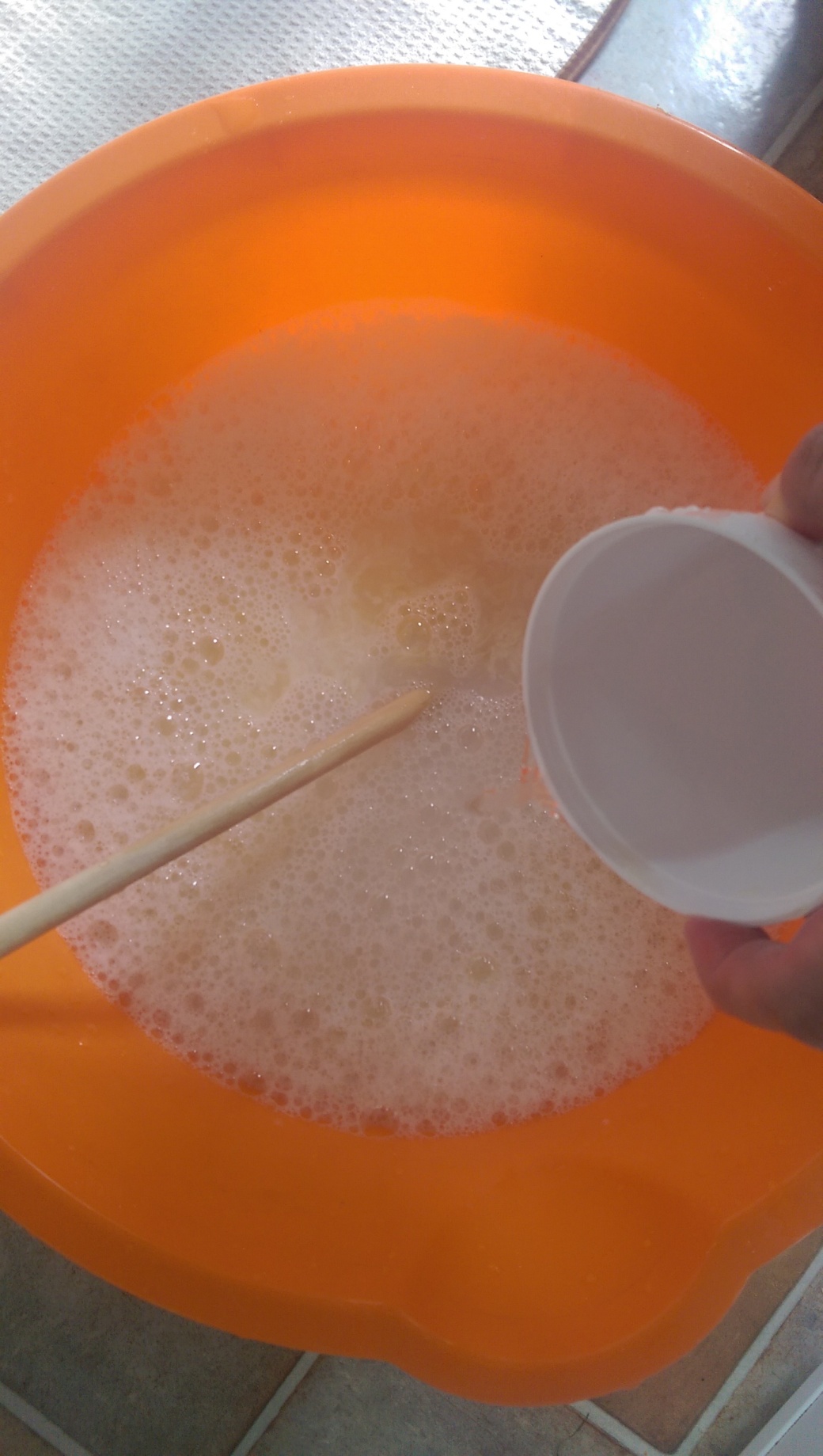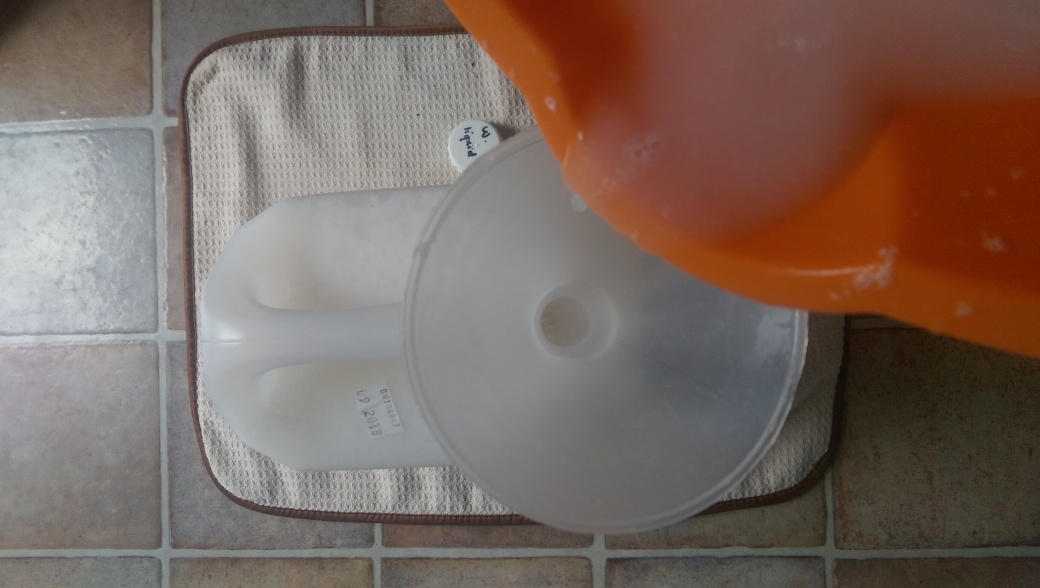I have had lots of experience of talking about Mast Cell Disease recently….from explaining it to the reporters who covered our fundraising event to lots of new Mums at the School she has recently joined.
When it comes to explaining MCAS, one thing always strikes me…its so hard to convey the total impact of the debilitating symptoms that Lily has.
When Lily has swimming lessons with School, I can be seen hovering next to the pool for the duration clasping a backpack containing epi pens, rescue meds and her heart rate monitor. Despite the fact that Lily hasn’t had anaphylaxis so far she is at a very high risk of having it and it is hard to relax when I know she is facing a trigger.
When we go for a walk in the cold I am constantly looking for flushed cheeks or swelling or waiting for her to refuse to walk as it has gotten to painful.
When we walk into shops I am sniffing to see what potential scented triggers there are and whisking Lily away from any I find – or telling her not to breathe in as we go past the scented candles section.
When she is running around I am keeping one eye to see if her getting too hot makes her react or if the other kids running around with her might have something scented on them that could cause a problem.
When Lily isn’t with me I make sure I have my mobile with me so I am available at all times for any potentially serious reactions that arise.
To many onlookers, I seem like an over protective Mum – but the reality is that I cannot protect Lily…at least in the outside World…and the best I can do the majority of the time is damage limitation. Having seen how poorly Lily can be – and to have sat with her for hours trying to help her through the bad days, having waited for hours in hospitals so she can be monitored and cared for and having seen her miss out on many things that she is just too poorly to do, I don’t want to see my baby suffer any more than she has to.
MCAS is confusing to understand and complicated to explain. There are so many variables, so many symptoms and triggers and each case is unique. I want Lily to grow up in a World where people understand why I am crushing pills for her to take during a carol service she’s in or why she is flushing bright red or itching all over like a crazed monkey. I want Lily to grow up in a World that accepts her and supports her. A World that nourishes her – and where people try to understand how not to make her ill.






